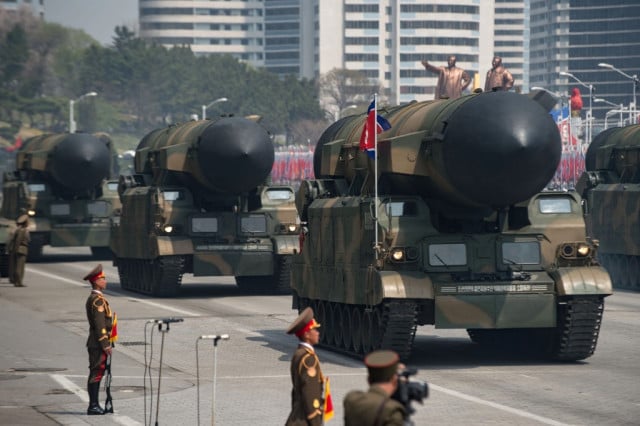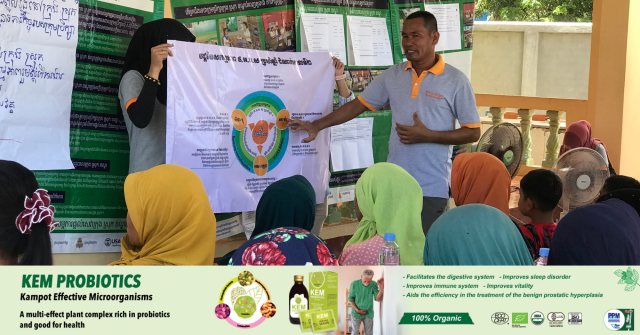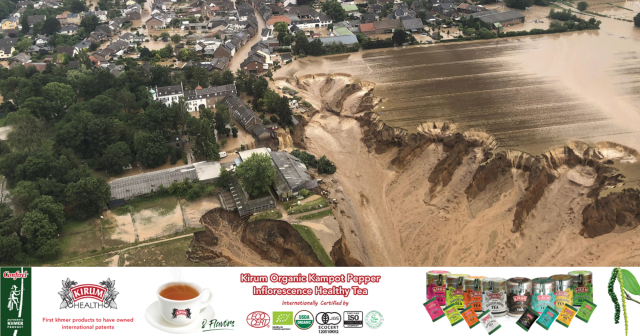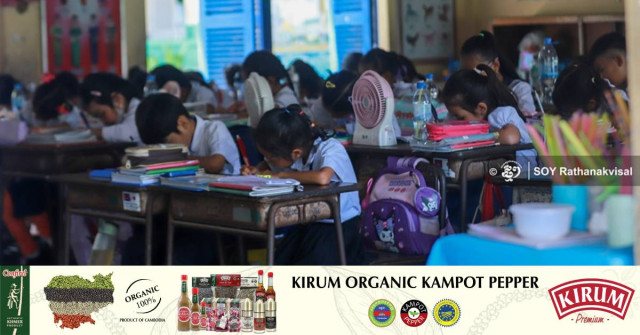Healing the Empire: Angkor’s Chapel Hospitals
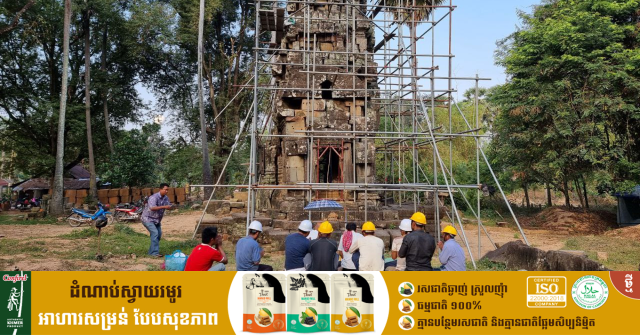
- By Isa Rohany
- September 16, 2023 3:00 PM
SIEM REAP - The Angkorian healthcare system saw great developments under King Jayavarman VII. With 102 hospital chapels nationwide, medical check-ups were offered to all classes of society with knowledge being transferred across borders. Some of these chapel hospitals are still visible.
ThmeyThmey’s Isa Rohany spoke with archaeologist Im Sokrithy from the APSARA National Authority to learn more about the development of this ancient medical infrastructure.
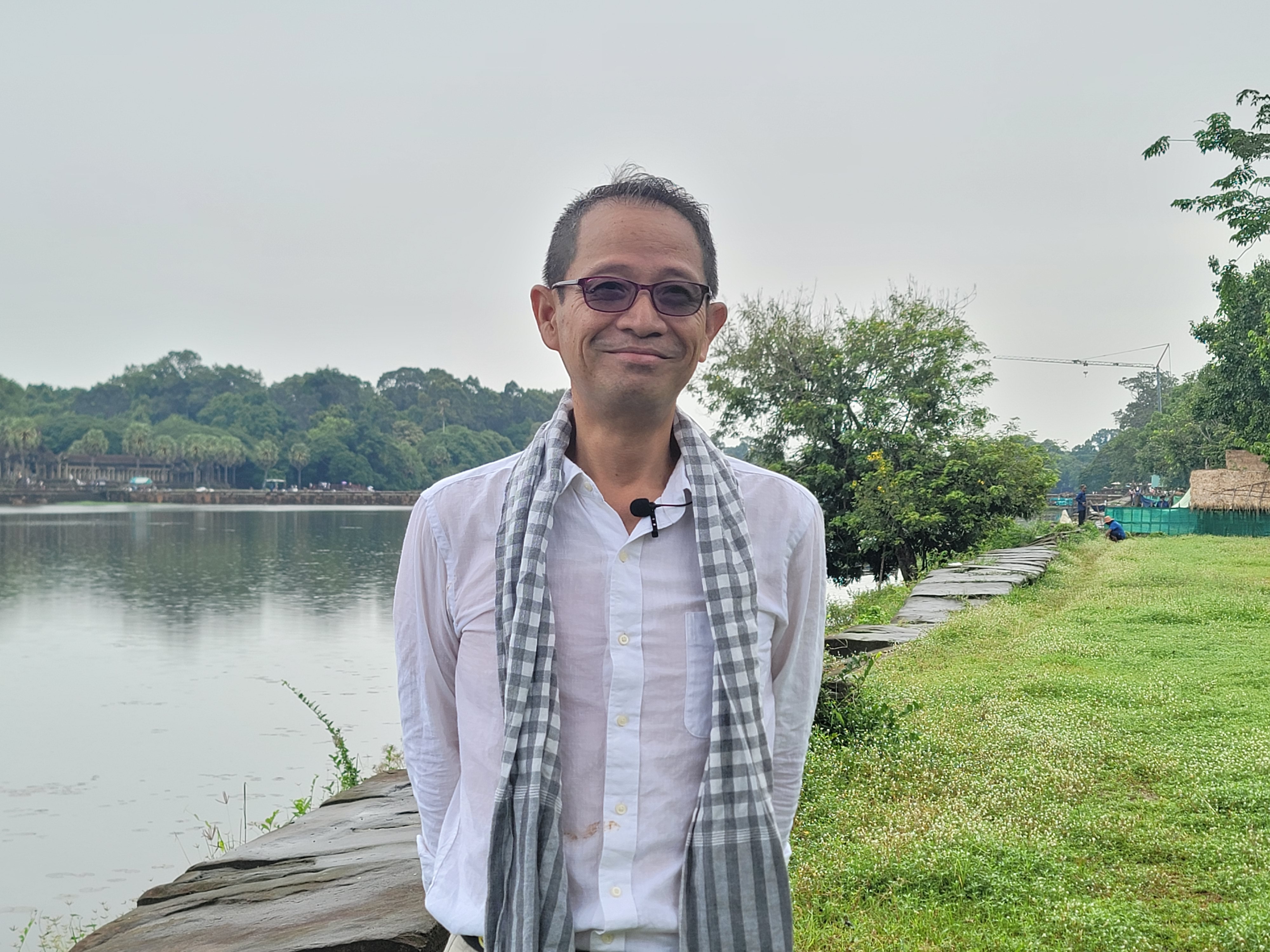
Isa Rohany: How does medical capacity relate to a nation’s ability to grow?
Im Sokrithy: The healthcare system is an important component of many great civilizations around the world. It is one of the indications evaluating a civilization’s modernity especially with the presence of physicians. A healthy population means a prosperous society.
Flanked by two great powers, India to the west and China to the east, Cambodia was also a famous kingdom.
We know from the records of the Chinese Tang Dynasty around the 7th century CE that an Indian monk brought scriptures related to Buddhism and medication to the dynasty.
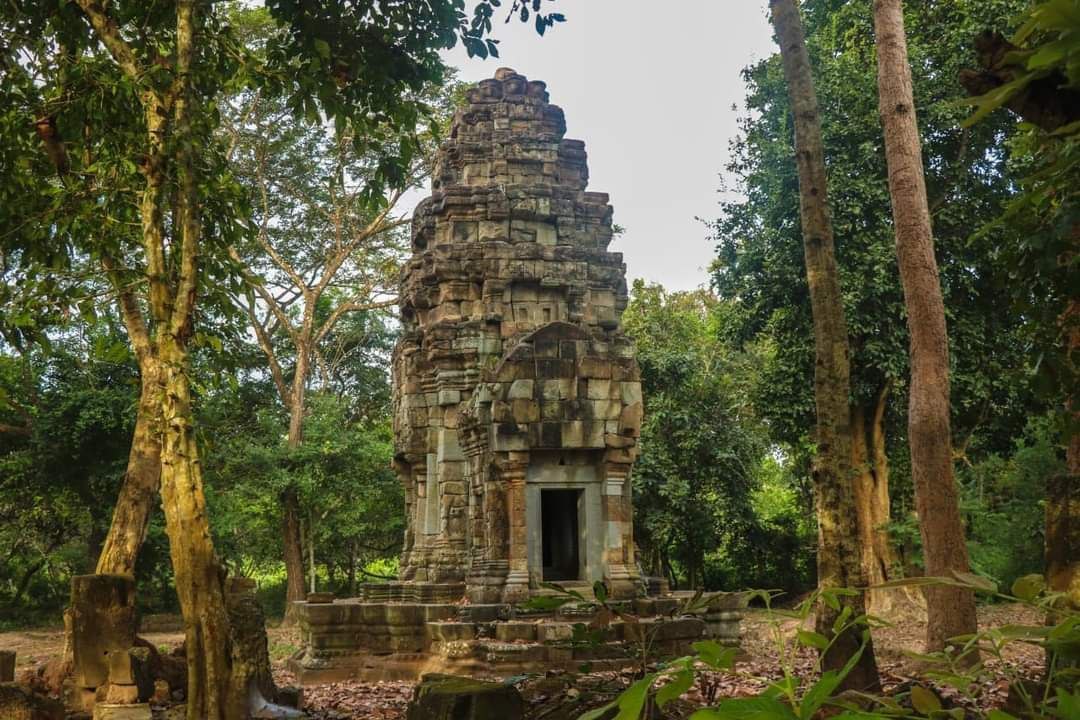
The Tang Dynasty had its own medical expertise and the exchange of knowledge improved the understanding of medicine. Two important healing scriptures from India are the Ayurveda and Tantra.
Through maritime travel between kingdoms, Funan, a predecessor kingdom of Cambodia, was also mentioned for its medical capacity. After that, the Tang Dynasty sent the monk to Funan to learn more about medicine and its techniques. From the 7th century CE, we have learnt that the kingdom’s healthcare system progressed accordingly.
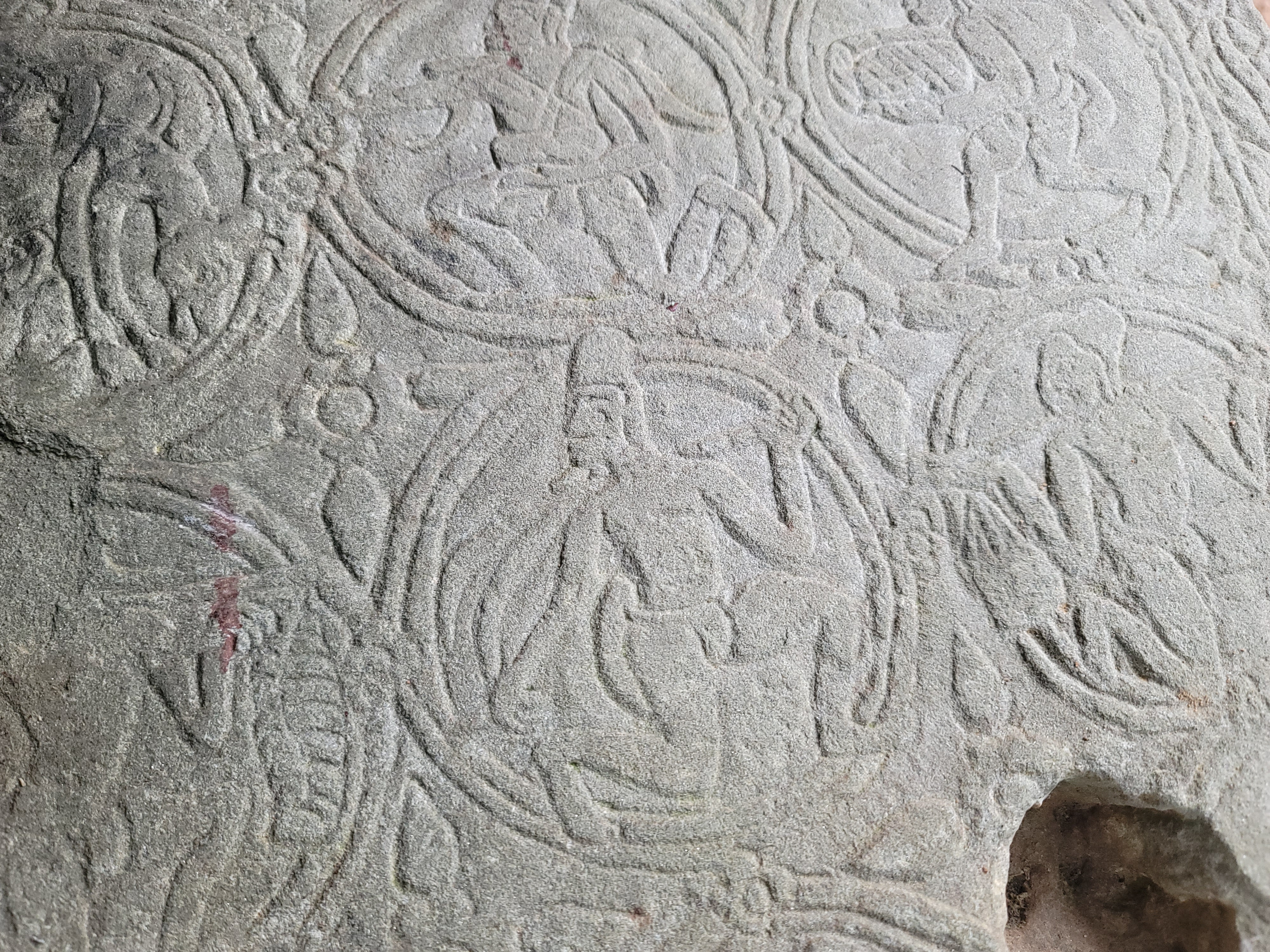
Indian and Chinese cultures influenced Cambodia when it came to ancient medical practices. At the same time, we also exchanged goods since not all kinds of medicine can be found locally. Some of the medical techniques, using organic materials, not synthesised materials, also made their way to Europe.
Isa Rohany: How advanced was the medical sector during the following period?
Im Sokrithy: Until the reign of King Jayavarman VII, a nation-wide healthcare system appeared remarkable. It was not just the medical techniques, but also the social activities behind them. According to research, since the end of the 12th century CE, the Khmer Empire was the first to employ a nationwide healthcare system to all classes of society.
A system of 102 chapel hospitals spread across the empire. Back then, skin diseases such as leprosy were the main issue.
When French experts came to Cambodia during the 19th century CE, they saw how people with leprosy were treated in an area of Kampong Cham province. The traditional physicians were using a kind of plant called “krabav” (Hydnocarpus pentandra) to treat patients and it was effective. When experts studied the chemical substance scientifically, they found similar results.
When looking at bas-reliefs on the 102 ancient hospitals such as at Prohm Kel in front of the Angkor Wat temple, we can see depictions of people carrying plants and leaves as well as other remedies. Inscriptions can also be found mentioning the function of the hospital.
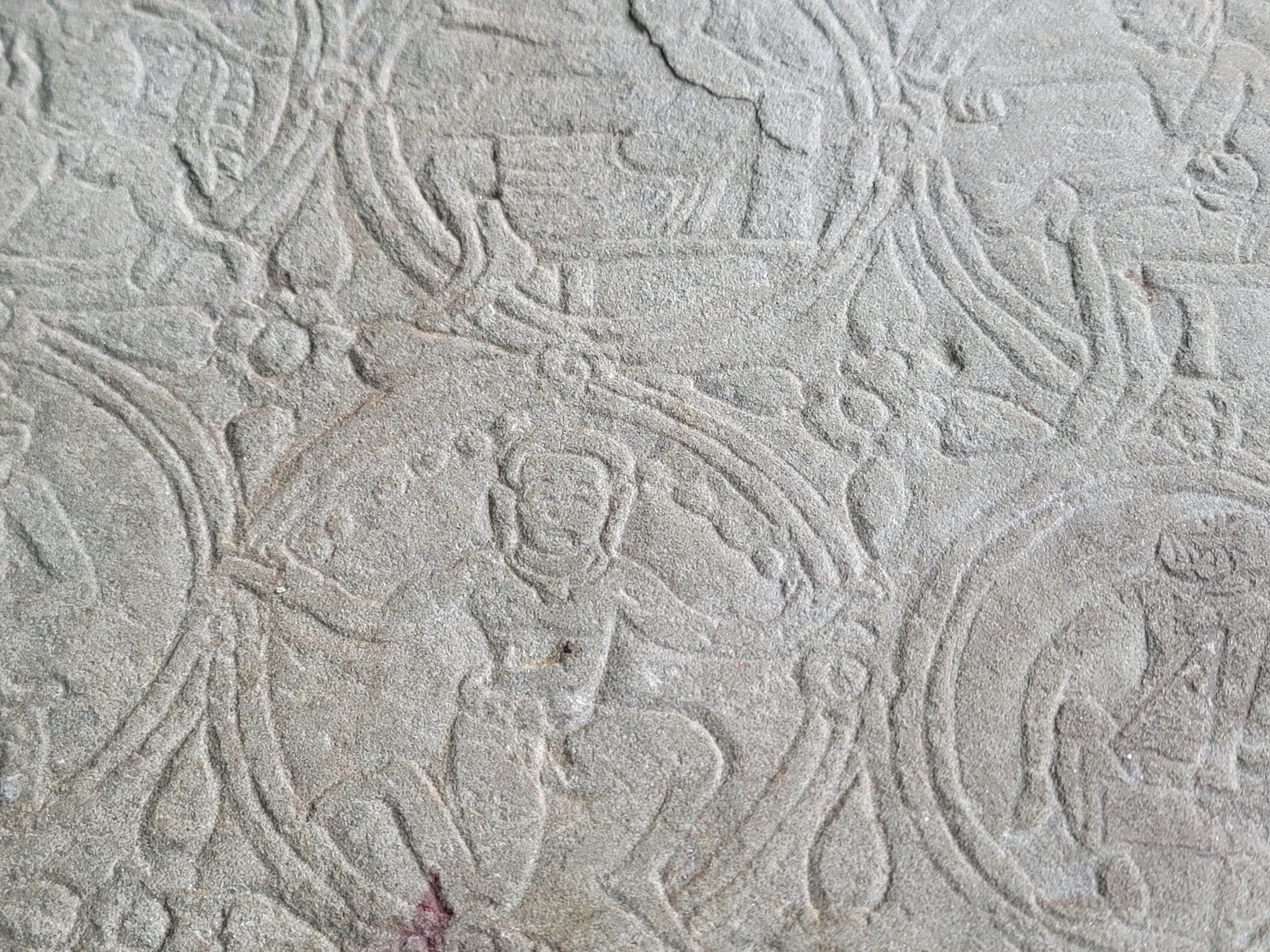
Isa Rohany: Do all the hospitals follow the same design and configuration?
Im Sokrithy: The design of the hospitals appears to be the same under the management of King Jayavarman VII. Within the compound, there is of course a temple and the hospital itself.
The temple was for worshipping. Around the temple, there were wooden structures with tiled roofs to house the patients and the physicians. This is because the religious aspect and the medical aspect were both moving at the same pace when it comes to treating patients. Hospitals still have shrines for people and medical personnel to pray to boost confidence or take comfort.
Conducted in Khmer for ThmeyThmey News, this article was translated by Luy Sirey Reaksa for Cambodianess News.
To read the article in Khmer, click here.
Related article: Hospitals Under King Jayavarman VII







